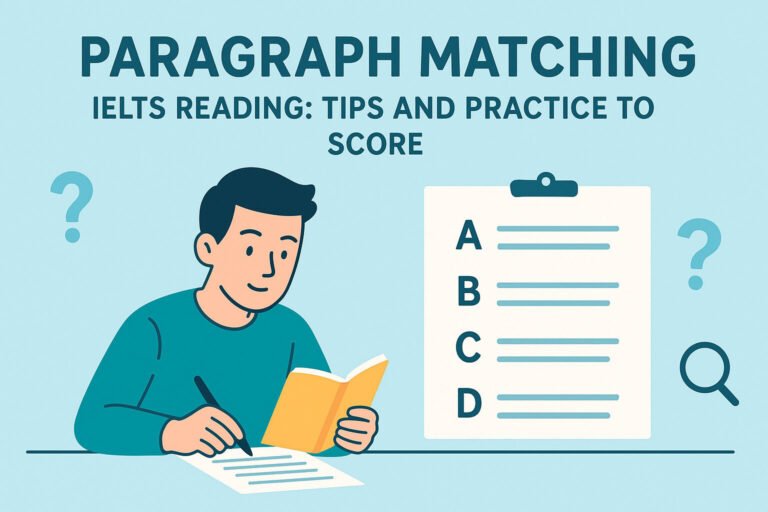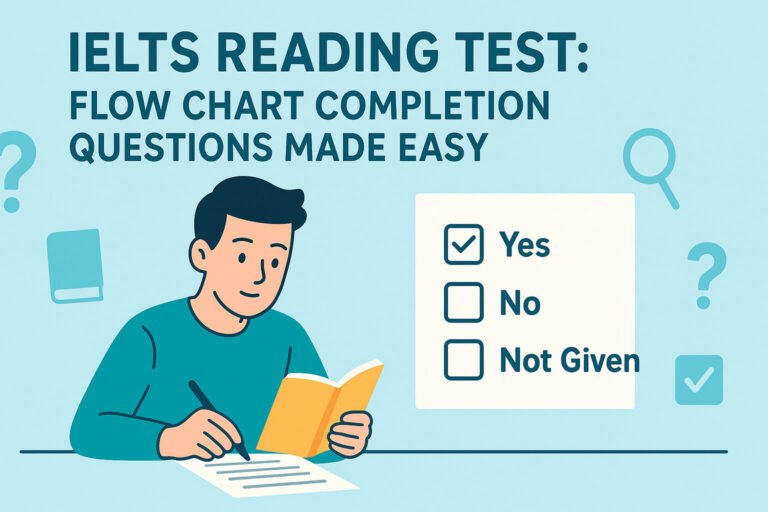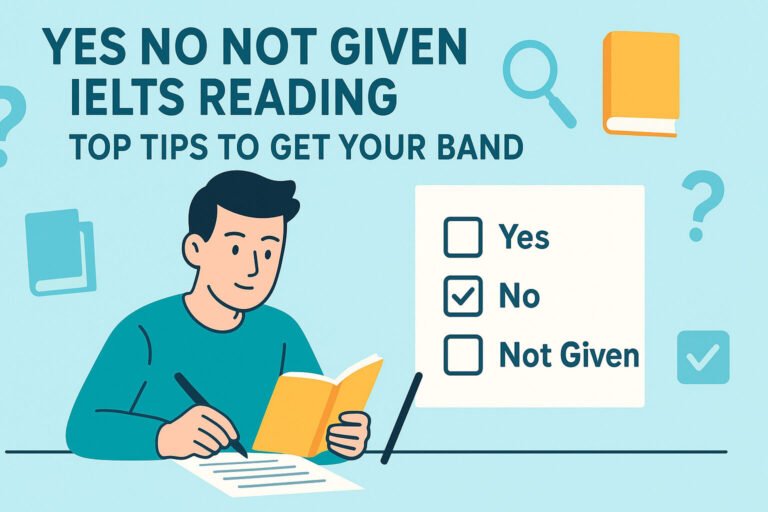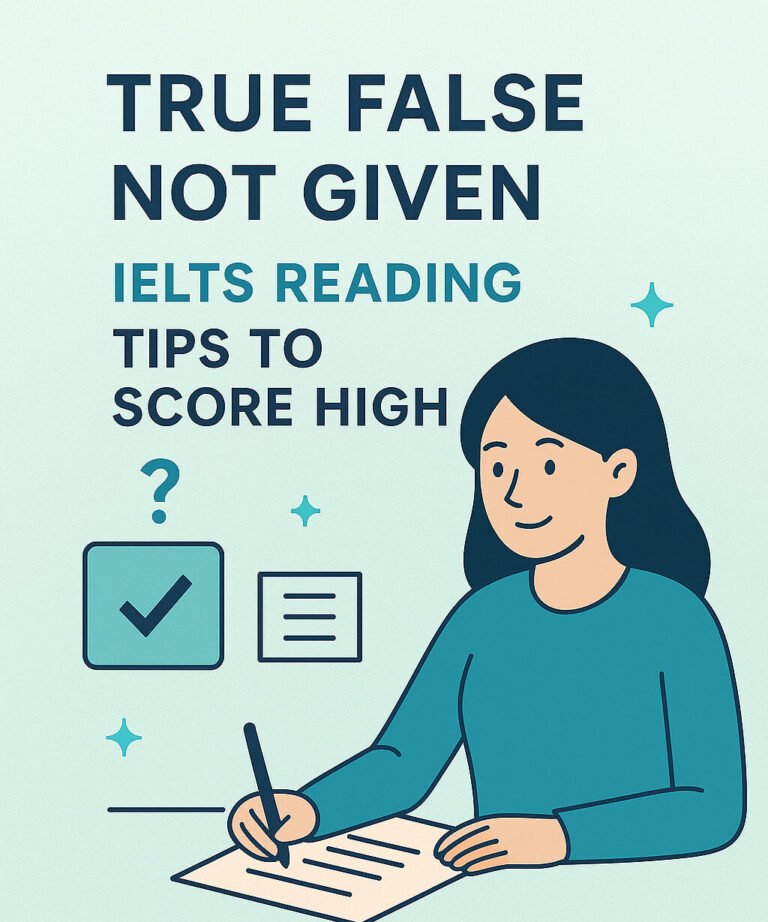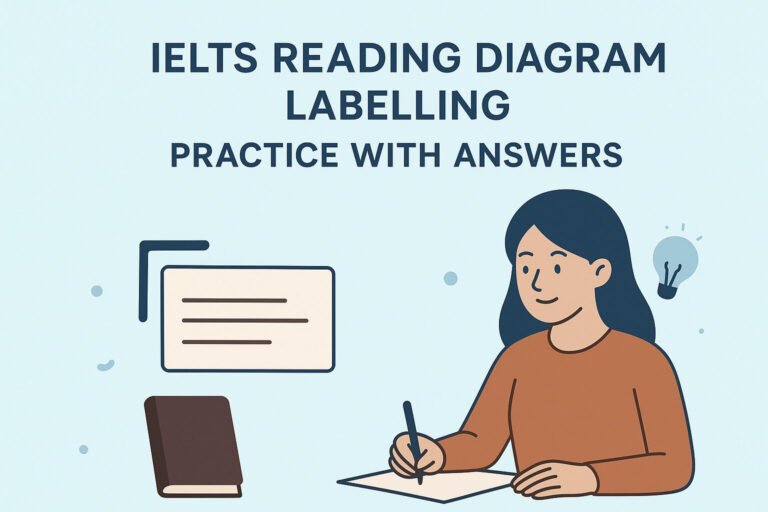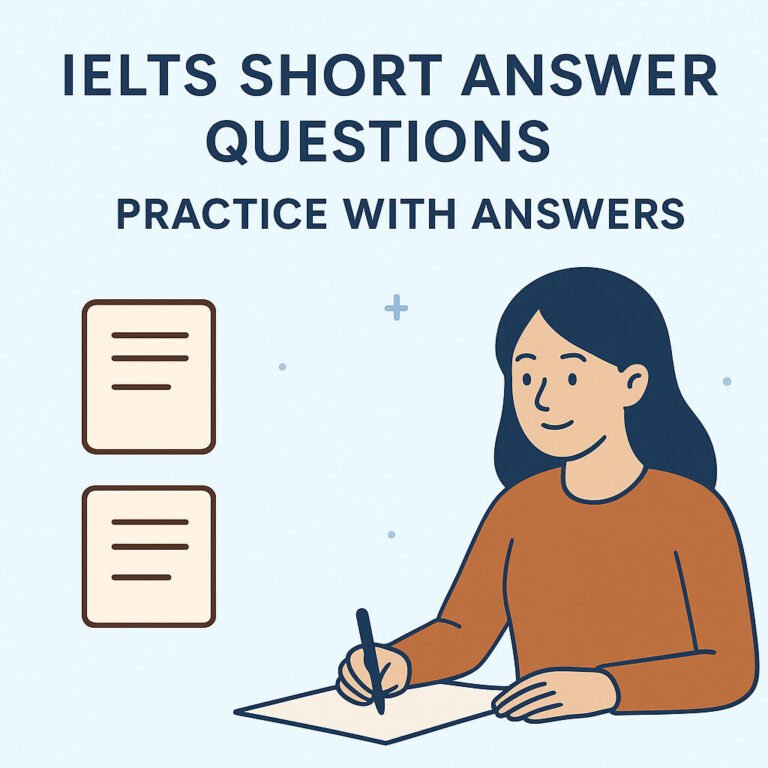IELTS Reading note completion with clues and without clues. Get expert tips, band 9 samples, practice questions, and strategies to boost your score. Ideal for study abroad aspirants—start practicing today!
IELTS Reading Note Completion: With & Without Clues Guide
Hey there, future global scholar! Imagine this: You’re deep into your IELTS Reading test, heart racing, and you spot a set of gapped notes staring back at you. Sound familiar? According to recent IELTS stats, over 60% of test-takers lose points here due to tricky paraphrasing or missing synonyms. But don’t sweat it—I’ve got your back.
As your friendly IELTS coach, I’m here to demystify IELTS Reading note completion with clues and without clues. This guide isn’t just another skim-read; it’s your step-by-step roadmap to nailing these questions. We’ll dive into tips, real-world samples, and band 9 secrets that’ll make you feel confident and ready for that dream university abroad. By the end, you’ll have actionable strategies to turn those gaps into gains. Let’s turn the page and ace this!
What is IELTS Reading Note Completion?
Note completion in IELTS Reading is like a treasure hunt in a passage— you fill in blanks in notes, summaries, or flowcharts based on the text. It tests your skimming, scanning, and vocabulary skills, all while keeping the word limit in mind (usually no more than three words).
These questions pop up in all three Reading sections, often linked to descriptive or process-based passages. The key? Spotting paraphrased ideas from the text. But here’s the twist: They come in two flavors—with clues (word banks) and without clues (straight from the passage).
👉 Join Our Telegram Channel to Download the Cambridge IELTS PDF and Audios
🎧 Includes all Listening Audios + Speaking Videos + Answer Explanations + Writing Samples.
Note Completion with Clues Explained
In note completion with clues IELTS Reading, you’re given a list of options (like multiple-choice but for gaps). Think of it as a guided fill-in-the-blank where clues narrow your choices.
This format eases you in, building confidence for tougher tasks. You’ll select from 5–10 words or phrases that fit grammatically and semantically.
Example: If the note says “The festival attracts ___ visitors annually,” and clues include millions, thousands, hundreds, you’d pick millions based on the passage.
With clues, focus on elimination—cross out mismatches to zero in fast.
Note Completion Without Clues Demystified
Note completion without clues IELTS Reading ups the ante: No word bank means pulling exact words or synonyms directly from the text. It’s raw comprehension—scan for the info, then plug it in without rewriting.
This tests deeper understanding, as you must match the note’s structure to the passage’s wording. Word limits are strict here, so precision is your best friend.
Example: For “The invention revolutionized ___ in the 19th century,” you might insert transportation if the text says “travel methods were transformed.”
Without clues, practice synonym spotting—it’s your secret weapon for speed.
Why Master Note Completion for Your IELTS Score?
Picture this: You’re aiming for a Band 7+ to snag that scholarship abroad. IELTS Reading note completion questions can make or break your 40-minute section—they’re worth up to 10–15% of your raw score.
Nailing them boosts not just Reading but overall confidence, spilling into Listening (similar gap-fills) and even Writing coherence. Plus, common note completion IELTS Reading topics like environment, technology, or history align with academic essays you’ll write later.
For 18–30-year-olds eyeing study abroad, this skill sharpens your ability to digest complex texts—think university lectures or research papers. Skip it, and you’re leaving easy points on the table.
Treat note completion as a gateway skill; master it, and watch your band score climb.
Top Tips for Note Completion with Clues
Ready to tackle note completion with clues IELTS Reading? These strategies come from years of coaching hundreds of aspirants just like you. Remember, practice makes progress—stay motivated!
Step-by-Step Action Plan
- Read the Instructions First: Note the word limit and if clues are single words or phrases. Underline key instructions.
- Skim the Notes: Spend 30 seconds overviewing gaps. Predict what fits based on context (e.g., a number, noun, or verb).
- Scan the Passage: Look for the heading or first sentence match. Keywords like “festival” lead you to the right paragraph.
- Match and Eliminate: For each gap, test clues against the text. Eliminate distractors—clues often include two wrong but tempting options.
- Check Grammar: Ensure the clue fits seamlessly (e.g., plural vs. singular).
Pro Tip: Time yourself—aim for 1 minute per question to leave buffer for tougher ones.
IELTS Reading Note Completion Sample with Clues
Let’s apply this to a quick sample note completion with clues IELTS Reading. Imagine a passage on urban farming:
Passage Snippet: Urban farming has surged in popularity, with community gardens providing fresh produce to over 500,000 residents in major cities. These initiatives reduce carbon footprints by 20% through local sourcing.
Notes (Complete with clues: A. exercise B. pollution C. millions D. thousands E. imported):
- Urban farming benefits include reducing ___ (A/B/C/D/E): B. pollution
- It supplies fresh food to ___ residents: D. thousands
Answers Explained: The text paraphrases “carbon footprints” as pollution reduction, and “over 500,000” fits thousands.
Practice with clues builds pattern recognition—do one set daily for a week.
Essential Strategies for Note Completion Without Clues
Note completion without clues IELTS Reading feels daunting, but it’s doable with the right mindset. Think of it as flexing your inference muscles— you’re not guessing; you’re connecting dots.
Encouragement time: You’ve got this! Many Band 9 scorers swear by active reading here.
Your Go-To Step-by-Step Guide
- Preview the Notes: Identify the topic and gap types (e.g., all nouns?).
- Locate Keywords: Bold them in the notes, then hunt synonyms in the passage (e.g., “benefit” might be “advantage”).
- Copy Wisely: Use exact words—no adding articles unless specified. Stay under the word limit.
- Verify Flow: Read the full note aloud. Does it make sense?
- Double-Check: If stuck, move on and circle back—momentum matters.
Real Talk: Track errors in a journal. Common pitfalls? Overthinking synonyms.
Sample Note Completion Without Clues
Here’s a sample note completion without clues IELTS Reading on renewable energy:
Passage Excerpt: Solar panels have become affordable, dropping costs by 85% since 2010. Governments incentivize installation through tax rebates, leading to widespread adoption in rural areas.
Incomplete Notes:
- Solar panel prices have fallen by ___ since 2010.
- Incentives include ___ to encourage use.
Band 9 Answers: 85%; tax rebates
Why Band 9? Exact phrasing from text, concise, and contextually spot-on.
Without clues, build vocab banks for topics like energy or health—review weekly.
Common IELTS Reading Note Completion Topics
Note completion IELTS Reading topics often mirror real-world academia. Expect variety to keep you on your toes.
Here’s a quick table of frequent themes with LSI twists:
| Topic Category | Example Keywords/Synonyms | Why It Matters for Study Abroad |
|---|---|---|
| Environment | Sustainability, conservation, emissions | Ties into global uni courses like ecology. |
| Technology | Innovation, gadgets, digital revolution | Preps you for tech-heavy majors. |
| Health | Nutrition, wellness, epidemics | Essential for medical or bio fields. |
| History/Culture | Heritage, traditions, migrations | Builds cultural awareness for intl students. |
| Education | Curriculum, learning methods, scholarships | Directly relevant to your abroad journey! |
Use this as a study cheat sheet—rotate topics in practice.
Align practice with your study field for double wins.
Band 9 Secrets for Note Completion Mastery
Want that elusive Band 9? It’s not magic—it’s method. Top scorers treat note completion with clues IELTS Reading band 9 and without as precision drills.
- Synonym Power-Up: List 5 synonyms per keyword daily (e.g., “reduce” = diminish, lessen).
- Timed Drills: Simulate test conditions—20 questions in 20 minutes.
- Error Analysis: After practice, categorize mistakes (vocab? Speed?).
- Paraphrase Practice: Rewrite passage sentences in your words.
For note completion without clues IELTS Reading answers, always prioritize accuracy over speed initially, then flip it.
Consistency is key—track progress weekly to stay motivated.
Practice Makes Perfect: Your Actionable Exercises
Time to roll up sleeves! Below are expanded IELTS Reading note completion samples for hands-on fun.
Quick Practice: With Clues
Passage: Coffee cultivation supports 25 million farmers worldwide, boosting local economies in regions like Latin America.
Notes (Clues: A. decline B. growth C. export D. import E. urban):
- Coffee aids ___ in producing countries: C. export
- It sustains ___ farmers globally: B. growth (wait, no—actually A? Wait, text says supports, so B. growth for economies).
(Full answers in comments—try first!)
Deeper Dive: Without Clues
Passage: E-books have transformed libraries, offering instant access and reducing physical storage needs by half.
Notes:
- E-books provide ___ to readers.
- They cut ___ requirements in libraries.
Answers: instant access; physical storage
For more, check our internal guide on IELTS Writing Task 1 Bar Chart Sample Answer—perfect for cross-skill practice.
Do these daily; share scores in the comments for feedback!
FAQ: Your Burning Questions on Note Completion
Got queries? We’ve got answers, optimized for what fellow aspirants “also ask.”
What is the difference between note completion with clues and without clues in IELTS Reading?
Note completion with clues gives a word bank for selection, easing paraphrasing. Without clues requires direct lifts from the text, honing exact comprehension. Both test vocab, but without demands more precision.
How can I improve my IELTS Reading note completion tips for Band 7+?
Focus on IELTS Reading note completion tips like synonym drills and timed scanning. Practice 2–3 passages weekly from official sources.
Where can I find note completion IELTS Reading sample questions?
Try note completion IELTS Reading sample exercises in Cambridge books. For free ones, head to the official Cambridge IELTS site—link up for authentic practice!
Are there specific note completion with clues IELTS Reading topics to study?
Yes! Common note completion with clues IELTS Reading topics include science and society. Rotate them to cover bases.
What are common mistakes in note completion without clues IELTS Reading answers?
Over-paraphrasing or exceeding word limits. Stick to text—review note completion without clues IELTS Reading answers post-practice.
How does IELTS Reading notes help in overall band score?
They sharpen scanning for all sections, indirectly boosting Listening and Speaking fluency.
Wrapping Up: Your Path to IELTS Triumph
Whew! We’ve covered the gamut—from IELTS Reading Note completion with clues basics to band-busting tips and samples. Remember, every gap filled is a step closer to that acceptance letter from your top uni. You’re not just prepping for a test; you’re building skills for a world of opportunities.
Feeling pumped? Download our free IELTS Reading Note Completion Practice PDF right now (sign up below), or dive into related posts like our Listening gap-fill guide. What’s your biggest note completion challenge? Drop it in the comments—let’s chat and conquer it together. You’ve got the tools; now go claim that Band 9. Cheers to your study abroad adventure!


